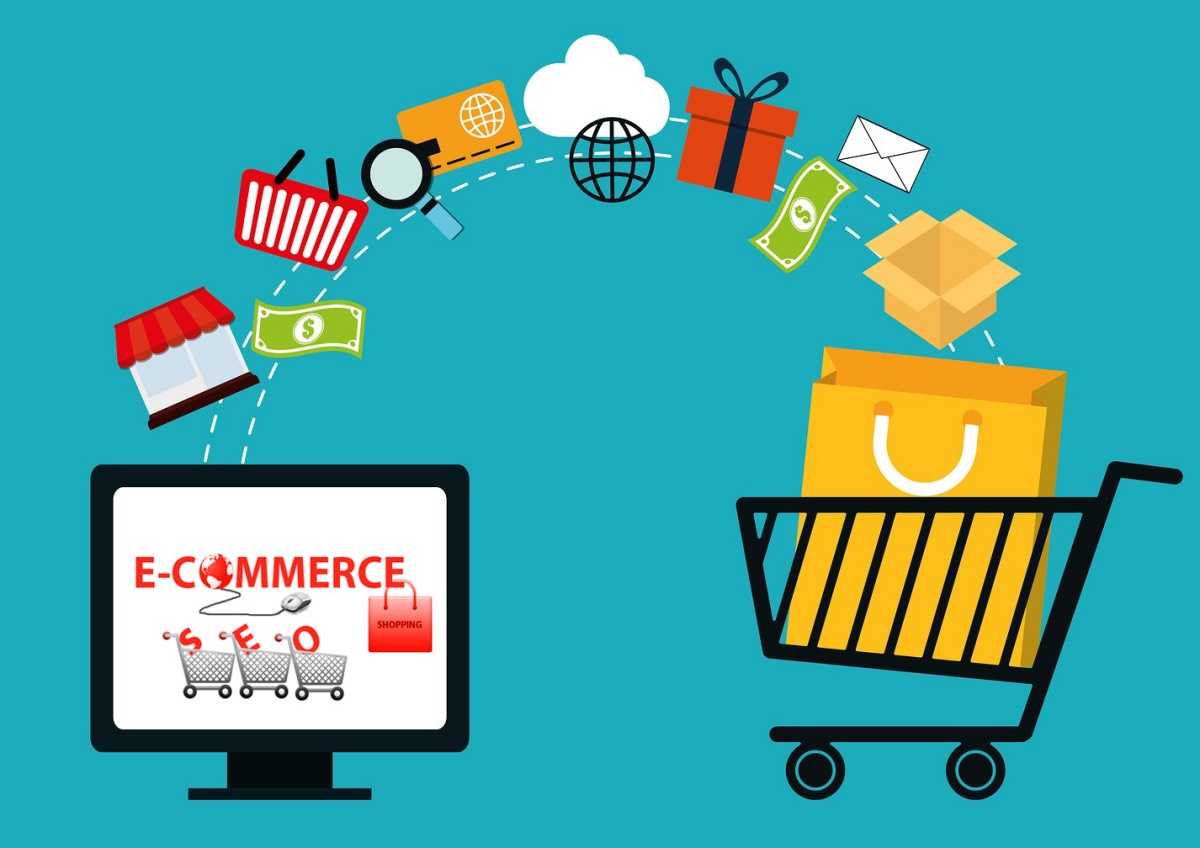Ecommerce is a rapidly growing market, which is expected to grow at a compound annual growth rate (CAGR) of 9.7% from 2021 to 2028. It is one of the most promising industries in which you can start your business today.
Wondering how to get started?
In this article, we’ll guide you through the process of starting your ecommerce business from scratch. Check it out.
5 Steps for Starting an Ecommerce Business
Get your online store up and running by following the steps below.
Step 1: Plan Everything Ahead
The first step to starting an ecommerce business is to figure out which products you want to sell online, which platforms to use, and how to make your brand stand out.
You should brainstorm and define:
- Which types of products will you sell? Will you sell products wholesale or direct to consumers?
- Is there enough demand for the products you want to sell? How are your competitors pricing their products?
- Will you create and manufacture your own products or sell products from brands that offer white labeling?
- Which platforms will you leverage to set up your e-store? Will you just rely on your own website or also set up stores on Shopify and Amazon?
- Will you offer product subscription services like 30% of ecommerce businesses do?
- How will you market your products and business?
Answering these questions will help you validate the feasibility of your ecommerce business idea and create a roadmap to launch and grow it.
Step 2: Choose a Business Name
The next step is to pick a business name, which is unique, scalable, and relevant to your niche and products. Most importantly, it should be available as a domain name because you’ll need a website address for your ecommerce business.
You can choose domain names with “.com” or “.online” extensions and buy your branded domain name from registrars such as GoDaddy.
Step 3: Decide on a Business Structure and Register Your Business
You need to register your ecommerce business as a legal entity. Some of the most popular entity types that you can choose from include Sole Proprietorship, Limited Liability Company, and Corporation.
While a Sole Proprietorship is the easiest to form, it doesn’t protect your personal liability as a business owner. Therefore, many ecommerce businesses either choose to form an LLC or a Corporation.
To get your company authorized to do business in your state, you need to file essential documents with the state and federal governments. While doing it all by yourself can be tedious and time consuming, you can take advantage of the simple filing service provided by GovDocFiling.
They have formed over 10,000 businesses successfully and can help you get your ecommerce business up and running in minimal time. The best part is that they offer expedited application processing without any additional cost.
Step 4: Build an Ecommerce Website or Estore
Once you’ve established your ecommerce business as a legal entity, you’ll be authorized to sell products online. This is when you should focus on building a user-friendly ecommerce website that offers seamless shopping experiences to your customers.
Here’s how to build a high-converting ecommerce website:
- Choose a user-friendly, responsive website design. Easy navigation and a clean web design are important as well to avoid distractions and increase conversions.
- Optimize your ecommerce website, store, and content for better search visibility. Make sure that you conduct extensive keyword research for each product page.
- Write captivating product descriptions that sell. Don’t forget to include relevant keywords.
- Use high-quality product images and 360° videos to showcase all key features of your product. You can also add a few in-context photos to help prospects visualize the product as their own.
- Make sure that your site has a convenient and quick checkout process. The shorter the process, the greater the chances of conversions.
- Provide limited-time coupon codes during the checkout process to reduce cart abandonment.
- If you have the budget, deploy an AI-powered live chat solution on your ecommerce site to help prospects find the products they are looking for and provide quick resolutions 24/7.
- Leverage augmented reality to enable people to try on the product virtually before buying it to increase sales.
These tips can help you boost the conversion rate of your ecommerce website or store and bring more referral customers.
Step 5: Market Your Ecommerce Business
Building an ecommerce website or mobile app isn’t enough. You need to make sure that you are attracting, engaging, and delivering good shopping experiences to your prospects and existing customers.
Here are a few strategies that can help you grow your ecommerce business:
-
- The best way to market your ecommerce business is to offer what your ideal customers value the most. That is free delivery and free returns. 59% of ecommerce brands will offer free returns in 2021.
- Upsell and cross-sell your products to increase average order value (AOV). Increasing AOV will be easier than acquiring new customers.
- Leverage cart abandonment retargeting emails to compel people to complete their purchases. You can also offer a discount if they buy the product within 10 hours or so to close the deal faster.
- Direct social selling is another way to make shopping easier for users and shorten their buying journeys. It will help you shorten the sales cycle, reduce cart abandonments, and drive more revenue.
- Send wishlist reminder emails to convince shoppers to take the final step and purchase the products they have shown interest in.
- Leverage content marketing to spread the word about your brand and products. It will help you get backlinks, referral traffic, and more traction on your e-store.
- Take advantage of user-generated content (UGC) on social media to build trust and enhance your brand’s online visibility. You can publish customer reviews and photos of your happy customers using your products on social media.
- Run customer loyalty and referral rewards programs to encourage customers to buy more often from you and recommend your products to their friends and families.
Ready to Start Your Ecommerce Business From Scratch?

You might be thinking about starting an ecommerce business but it’s often challenging to take the leap of faith and get started.
To help you make up your mind and understand the process, we’ve put together this step-by-step guide for starting your own ecommerce business from scratch. It covers everything from selecting your products to choosing a business name, registering your business, and marketing it to attract customers.
Need help starting your ecommerce business? Let our experts help you start it the right way.
Brett Shapiro is a co-owner of GovDocFiling. He had an entrepreneurial spirit since he was young. He started GovDocFiling, a simple resource center that takes care of the mundane, yet critical, formation documentation for any new business entity.







